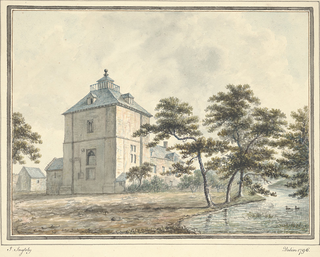There have been three baronetcies created for descendants of the ancient Lancashire family of Gerard.

There have been three baronetcies created for members of the Bacon family, all in the Baronetage of England. As of 2008, one creation is extinct and two of the creations are extant. The extant titles have been merged since 1755.
There have been ten baronetcies created for persons with the surname Browne, six in the Baronetage of Great Britain, three in the Baronetage of Ireland and one in the Baronetage of Nova Scotia. Only one creation is extant as of 2010. Three of the creations were for members of the Browne family headed by the Viscount Montagu.
There have been six baronetcies created for persons with the surname Newton, three in the Baronetage of England, one in the Baronetage of Nova Scotia and two in the Baronetage of the United Kingdom.

There have been three baronetcies created for persons with the surname Style, one in the Baronetage of Ireland and two in the Baronetage of England. Two of the creations were in favour of the same person. As of 2014 one creation is extant.
There have been four baronetcies created for members of the Thorold family of Lincolnshire, two in the Baronetage of England and two in the Baronetage of Great Britain. As of 2014 one creation is extant.

The Fagge Baronetcy, of Wiston in the County of Sussex, is a title in the Baronetage of England.

There have been two baronetcies created for persons with the surname Leighton, one in the Baronetage of England and one in the Baronetage of the United Kingdom. One creation is extant as of 2010.

The Mostyn baronets are two lines of Welsh baronets holding baronetcies created in 1660 and 1670, both in the Baronetage of England. One creation is extant as of 2015. The two lines are related and both claim descent from Edwin of Tegeingl, an 11th-century lord of Tegeingl, a territory which approximates modern Flintshire.

Sir William Whitmore, 2nd Baronet was an English politician who sat in the House of Commons from 1661 to 1699.
Sir Henry Wright, 1st Baronet was a member of parliament for Harwich in the parliaments of 1660 and 1661.
Sir William Wheler, 1st Baronet of the city of Westminster, was an English politician who sat in the House of Commons at various times between 1640 and 1660. He was knighted by the Lord Protector in 1657 and was made a baronet by King Charles II in 1660.

The Davers Baronetcy, of Rougham in the County of Suffolk, was a title in the Baronetage of England. It was created on 12 May 1682 for Robert Davers, who had made a great fortune in Barbados as a plantation owner before acquiring the Rougham estate in Suffolk. The second and fourth Baronets represented Bury St Edmunds and Suffolk in Parliament. The sixth Baronet sat as Member of Parliament for Weymouth and Bury St Edmunds. Despite having an alleged nine illegitimate children, the 6th Baronet left his estates to his nephew, Frederick Hervey, 1st Marquess of Bristol, and his baronetcy became extinct.
There have been two baronetcies created for members of the Hussey family, both in the Baronetage of England. Both creations are extinct.

Sir John Davie, 2nd Baronet (1612–1678) of Creedy in the parish of Sandford, Devon, was Member of Parliament for Tavistock, Devon, in 1661 and was Sheriff of Devon from 1670 to 1671.
Sir Robert Markham, 2nd Baronet was an English politician who sat in the House of Commons from 1678 to 1685.
Sir Henry Belasyse KB was an English army officer and Member of the Parliament of England. He was killed in a duel after a trivial quarrel with a friend, a tragedy which gave rise to much public comment.

Sir Robert Carr, 3rd Baronet was a prominent English politician of the Restoration period who served as Chancellor of the Duchy of Lancaster in the reign of Charles II.
Sir Thomas Barnardiston, 2nd Baronet was an English nobleman and Whig politician.
Sir Abel Barker, 1st Baronet was an English politician.









